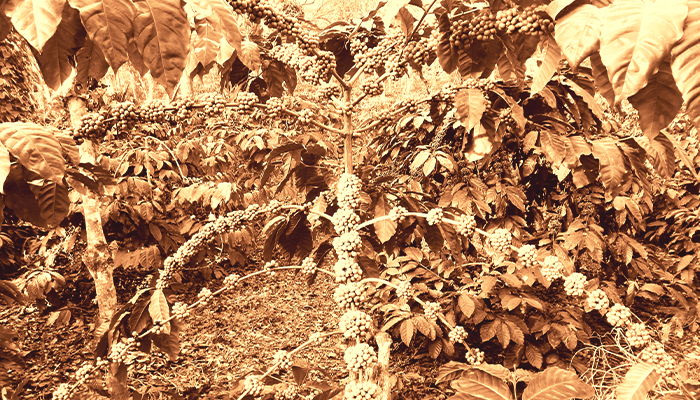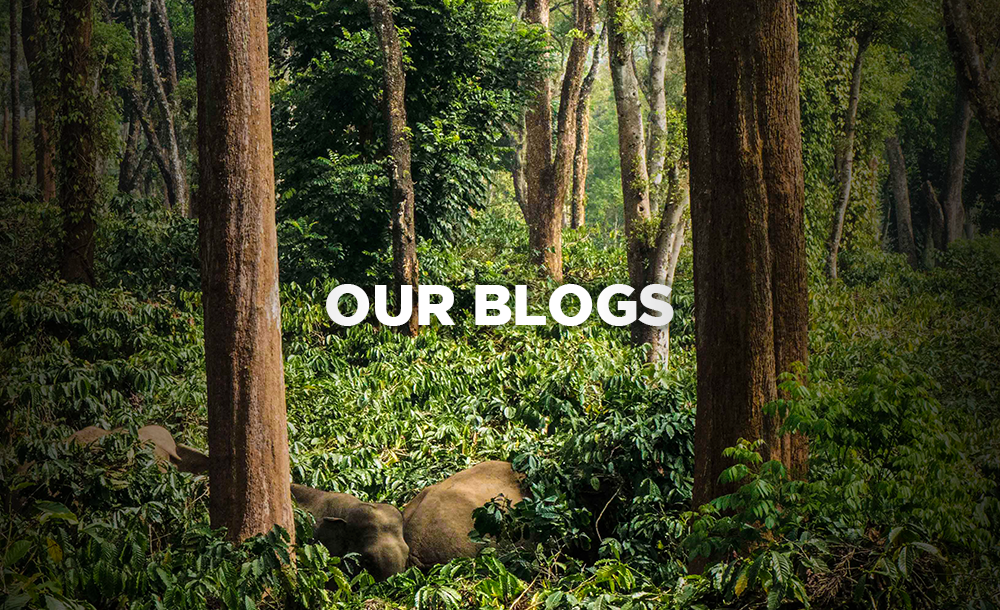We are but cups, constantly and quietly being filled

There is something special about a cup of hot brewed coffee. The invigorating aroma inflicts a different feeling for everyone and not one is the same. Here’s how your morning brew traversed across expansive oceans and mystical lands into your cup to stir up your mornings.
The history of coffee dates back to the 15th century, maybe even earlier with various legends claiming what it was first used for. The native origin of coffee is from Ethiopia yet again, this comes with no solid evidence. It is believed that the use of coffee antedates to the Sufi monasteries of Yemen when the beans were first exported from Ethiopia by Yemeni traders who began to cultivate the beans to use the beverage to aid concentration and as a spiritual intoxication to keep themselves alert during their night-time devotions. By the 16th century, coffee had slowly started spreading to Mecca and Cairo and had reached the Middle East, South India, Persia, Turkey and Africa.
Coffee came to India long before the East India company; the exact history of the plantation in the districts of Southern India is still unarchived. However, the commencement of the European planting industry in South India was when an Indian pilgrim named Baba Budan who, on his return from Mecca in the 17th century, smuggled a few berries to India and planted them near his hut. Not only did the beans germinate into a thriving coffee plantation, it also marked the spread of coffee in the hills South India. The hills where he planted the seeds called as Chandra Drona in the puranic age are now known as the Baba Budan Hills on his honour and respect.
It has been recorded in the Letters from Malabar written by Rev Jacob Visscher, who was then the Chaplain at Cochin from December 1717 to December 1723. He writes, ‘The coffee shrub is planted in the gardens for pleasure and yields plenty of fruit which attains a proper degree of ripeness. But it has not the refined taste of the Mocha coffee……an entire new plantation has been laid out in Ceylon.’ In 1760, Joaoa Alberto Castello Bramo took to Rio Janeiro, coffee plants from Goa which started the great Coffee Industry of Brazil. Although coffee is mentioned among the imports into Cochin by Adrian Moens in his Administration Report of 1781, the total export from Cannanore in 1799, was according to Buchanan in the diary of his journey from Madras through Mysore, Canara and Malabar.
With the British colonial presence taking strong roots in India in the mid-19th century, the coffee plantations flourished for export and the culture of coffee spread to South India rapidly. Coffee was grown in the Anjarikkanti estate of Kannur (Cannanore) at the beginning of the 19th century and reached Wayanad, Kannur and Mysore.
One of the earliest European planters was Cannon, who formed an estate right next to the south of the Baba Budan Giri, where the original coffee plants still in exists, thriving under the shade of the primitive forests. Coffee cultivation further flourished in India under various colonies. First, the Dutch began to cultivate coffee in the Malabar region of South India and then the British navigated the movement all over the peninsula, where the soil and the climatic conditions were pertinent for the growth of the crop. Much later, coffee plantations in India were made commercial under the management of JH Jolly of Parry & Company who saw the potential of coffee beans growing in the plantations of Chandragiri in Andhra Pradesh and had a petition sent to the Mysore government in the adjoining state of Karnataka, for 40 acres of land to grow coffee. This not just advanced the growth of coffee, but the plantations also flourished with their production turning coffee into a major commercial product. Eventually, a
coffee board was also set up, which took care of the marketing of Indian coffee. It is this board that we know today as the Coffee Board of India. In 1942, the government decided to regulate the export of coffee and protect the small and marginal farmers by passing the Coffee VII Act of 1942, under which the Coffee Board of India got established, operated by the Ministry of Commerce and Industry.
Traditionally grown in Karnataka, Kerala and Tamil Nadu with the two well-known species being Arabica and Robusta, coffee was marketed over the years under the brand names of Kent and S-795.
Currently, the coffee industry in India continues to be a thriving one with the hills of South India dominating its production in the list of traditional coffee growing regions apart from the non-traditional areas, which includes Andhra Pradesh and Odisha on the eastern coast of the country and Assam, Manipur, Meghalaya, Mizoram, Tripura, Nagaland and Arunachal Pradesh of North-Eastern India. Indian coffee is said to be one of the finest coffees in the world as it is grown in the shades; it is also known for its mild, not too acidic and an exotic full-bodied taste along with a fine aroma.
Who would have known that the seven pieces of seeds smuggled by Baba Budan would someday grow into a full-fledged massive industry, supporting the economy and the livelihoods of thousands of people in a country it never even originated in, to begin with.
*Facts used in this article have been referenced from the original article written by H.W. on 15th November 1927 that first appeared as “Historical Notes on the early days of the planting industry of Southern India” in the journal titled Planting Directory of Southern India by the United Planters’ Association of South India, Coonor.


